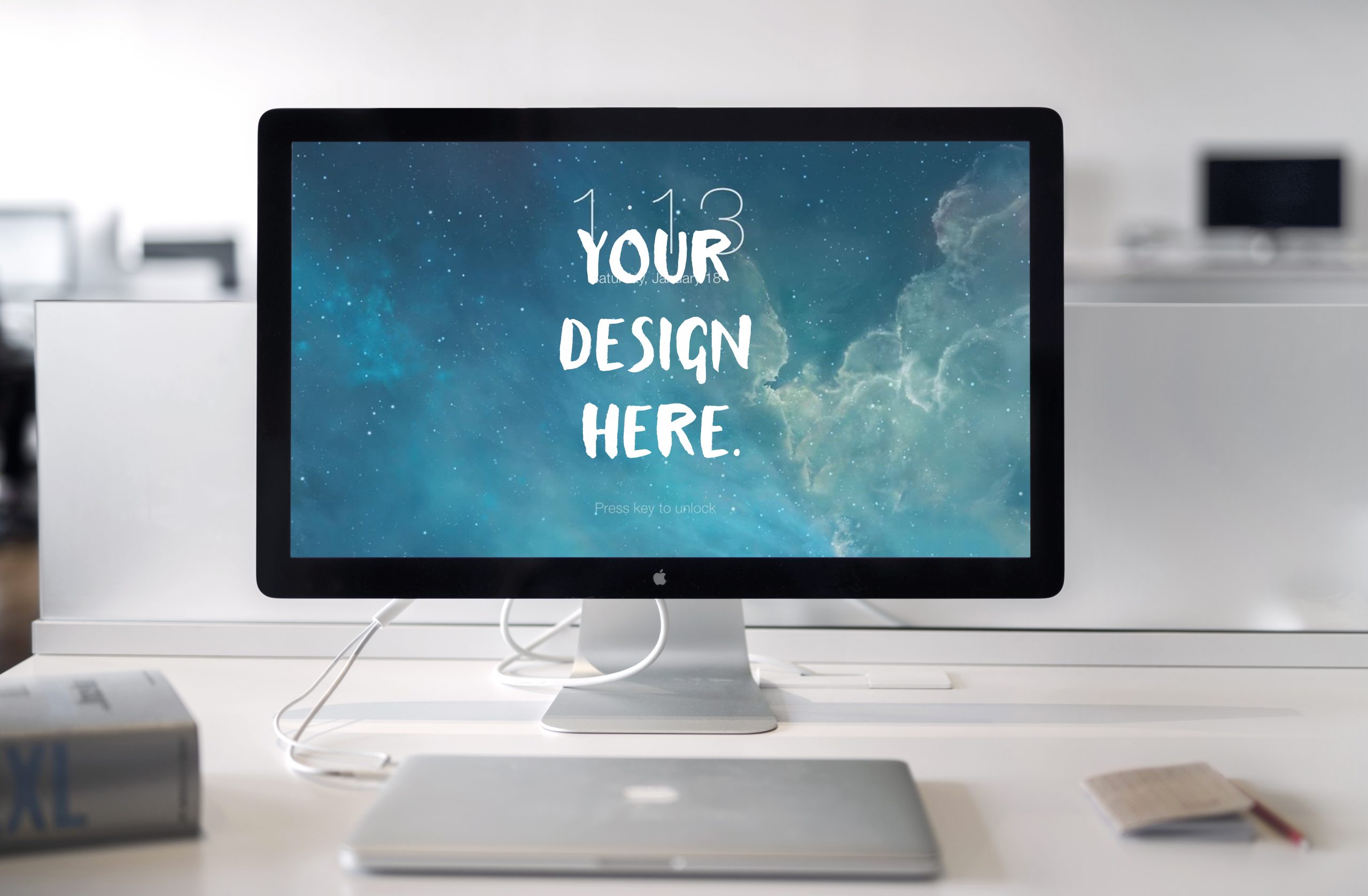Do you want to design your website? Before the developers go to work, you can decide on design concepts using a website mockup to help bring your vision to life. A sketch leads to a wireframe at the beginning of the web design process. A website mockup produced using the wireframe with the MockFrame. The project is subsequently handed off to developers after designers have transformed the mockup into an interactive prototype.
We’ll go over everything you need to know about web page mockups, including what they are, why they’re necessary tools to use and how to turn them from static images to interactive models you can provide to web developers can turn into working websites.
Table of Contents
What is a website mockup?
A website mockup is a static visual representation of how a web page, website, or web application will seem completed. In contrast to the final product, a mockup is not yet functioning (you cannot interact with it). A website mockup typically includes a site’s primary layouts, page elements, branding, colours, fonts, and content like text and images (though it may use placeholder content like lorem ipsum text and stock images). To simulate the final website for designers, developers, product managers, clients, and other stakeholders. A website mockup is static; it depicts a website’s appearance but not its functionality.
Why Is It Important To Create A Web Design Mockup?
Mockups of web pages can be a helpful visualisation tool for new designs and redesign projects because they understand the website’s appearance and feel.
Mockups can experiment with UI design and different element combinations because they made in the middle of the design process.
Mockups of websites can used for,
- Make colour choices and assess colour contrast.
- Choose fonts and font sizes for your typography.
- Put pictures, movies, and other visuals to use
- Examine how copy and images related.
- Observe online accessibility guidelines.
- Make sure that the general design is adhered to on each page.
- Create numerous distinct mockups by experimenting with different styles.
The mockups a great technique show off website designs and solicit client input using the wireframe app. Mockups are often a deliverable that designers exhibit to their clients or other stakeholders.
How do they function in online design?
Wireframes, mockups, and prototypes are the three stages of the design process for new website interfaces. Although each phase might vary (for example, by using high-fidelity wireframes or low-fidelity prototypes), they typically go in this order. Your website’s wireframes are its building blocks. The content, structure and information hierarchy represent in low-fidelity. With the aid of wireframing tools, you can make changes before adding visual design aspects to the final product with the best wireframe app.
Mid- to high-fidelity visual versions of your website are known as mockups. They incorporate branding, visuals, typography, UI design elements, and the wireframe’s organisational structure. Mockups give stakeholders a close-to-final preview of the site’s design, making this an excellent time to gain support without racking up technical debt. Examples of your site’s functionality and usability are prototypes. They are top-notch interactive prototypes of your site’s layout that enable user testing and feedback.
